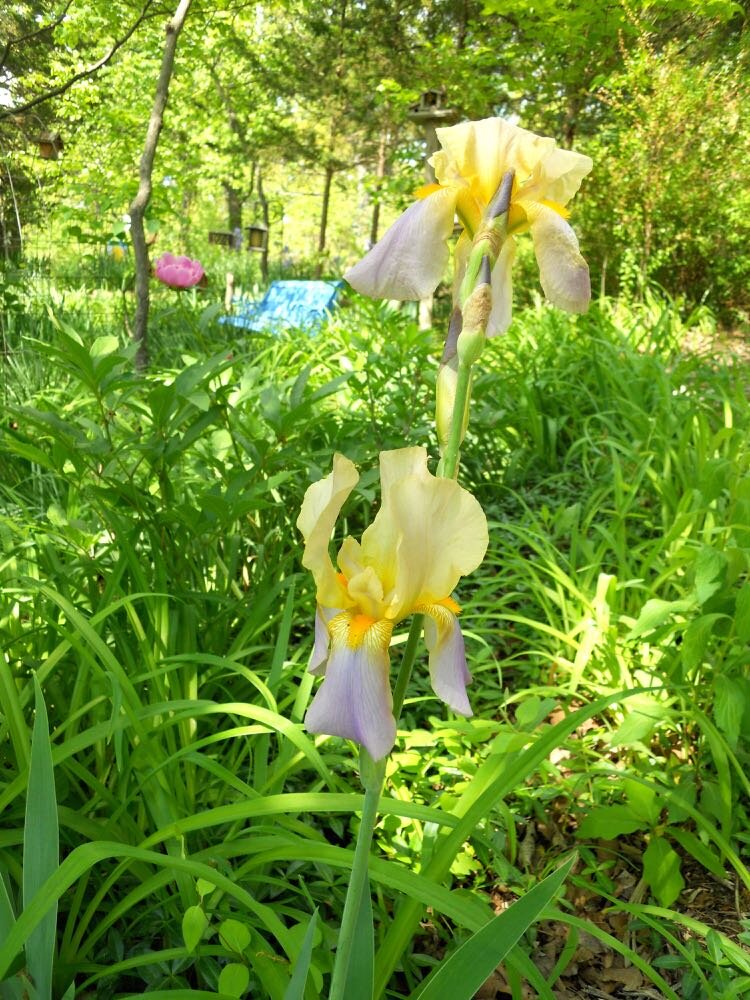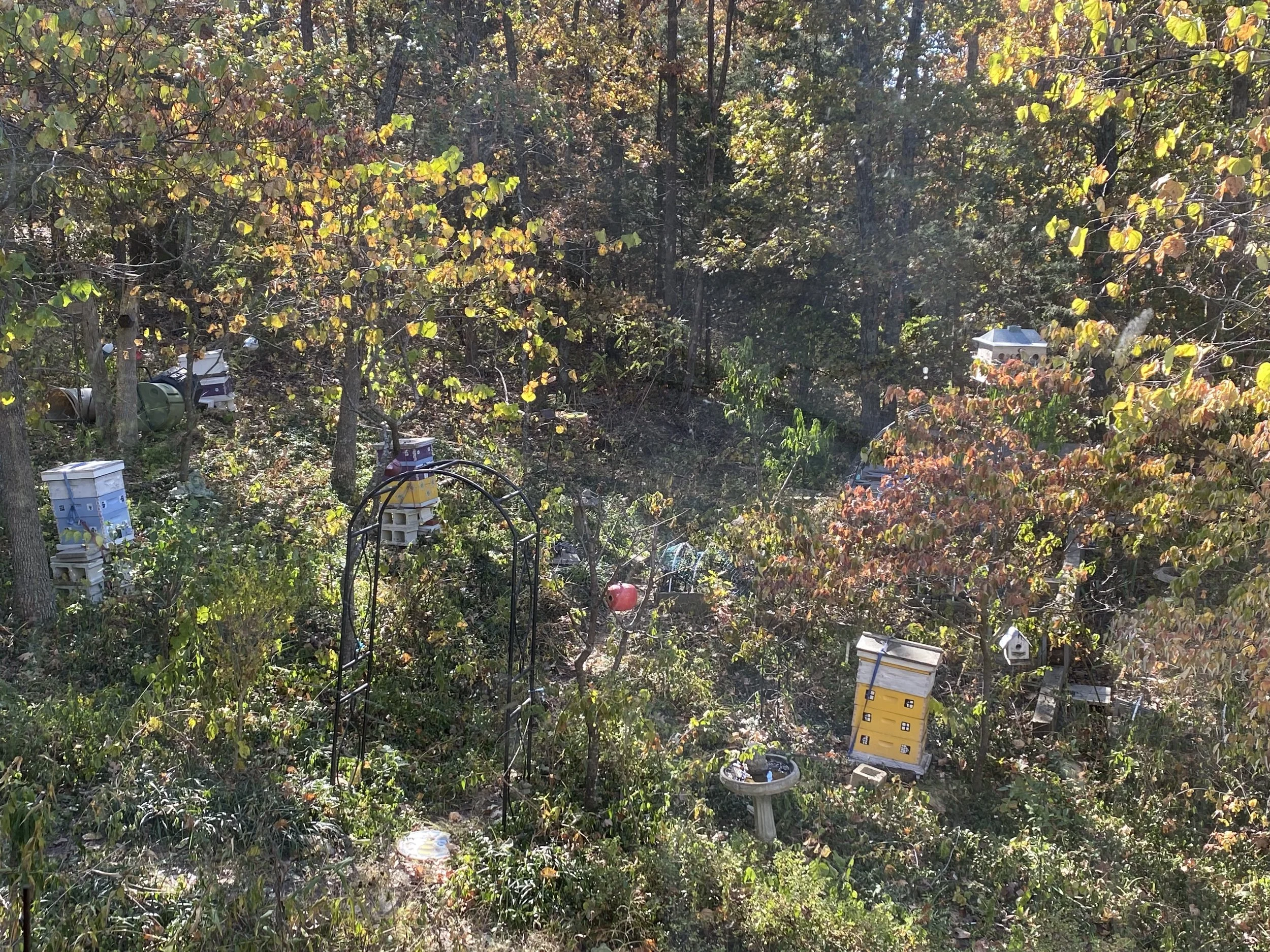Battling Japanese Beetles
/Soapy water in a coffee can early morning is the best time to catch Japanese beetles. (Photo by Charlotte Ekker Wiggins)
“Hi Charlotte, what are nematodes and where do I get them? I have heard that suicide beetles kill Japanese beetles also, saw two yesterday on a butterfly bush….” — Elaine
Battling Japanese Beetles
Hi Elaine,
Nematodes are microscopic parasitic roundworms that live in soil and destroy Japanese beetle grubs before they start the next growing cycle. You can find nematodes for sale at most home and garden centers. You are looking for the species that specifically targets Japanese beetles.
Your best bet for battling Japanese beetles is to remove them early morning by knocking them into a pan of water with drops of Dawn dishwashing liquid. They tend not to move as fast when the temperature is cooler.
Japanese beetles are lovely irridescent green invasive bugs. (Photo by Charlotte Ekker Wiggins)
Japanese beetles tend to show up in USDA Hardiness Zone 5 around early July. Their main purpose is to procreate during the 4-6 weeks they are in gardens consuming most edible plants from fruit trees to grape vines, Rose of Sharon to edible wildflowers.
Japanese beetles damage leaves but don’t kill plants. (Photo by Charlotte Ekker Wiggins)
If there is one consolation about these invasive bugs, their hearty appetite does not kill the plants, just disfigures them.
And most recently, assassin bugs have been noted as catching and eating Japanese beetles.


























































